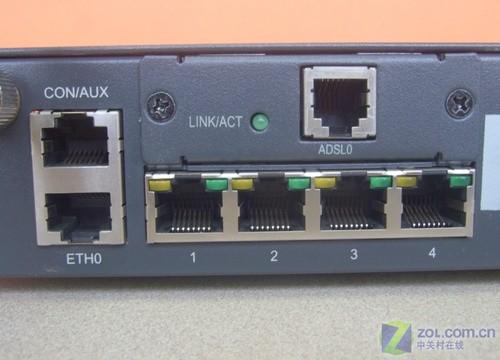Understanding the Differences: ADSL, ATM, and Ethernet
When it comes to internet connectivity, there are several technologies that play a crucial role in determining the speed, reliability, and overall performance of your network. Among these, ADSL, ATM, and Ethernet are three widely used technologies. In this article, we will delve into the details of each technology, highlighting their unique features and differences. By the end, you will have a clearer understanding of how these technologies work and which one might be the best fit for your needs.
ADSL: The Basics
ADSL, which stands for Asymmetric Digital Subscriber Line, is a type of internet connection that uses existing copper telephone lines to provide high-speed data transmission. Unlike traditional dial-up connections, ADSL offers a dedicated bandwidth for both upstream and downstream data, allowing for faster and more reliable internet access.

One of the key features of ADSL is its asymmetric nature, which means that the upload and download speeds are not equal. Typically, ADSL connections offer higher download speeds (up to 24 Mbps) than upload speeds (up to 1 Mbps). This makes ADSL ideal for applications that require fast downloads, such as streaming videos or downloading large files.
ATM: The Switching Technology
ATM, or Asynchronous Transfer Mode, is a switching technology used in telecommunications networks. It was developed in the 1980s and has since become a standard for transmitting data over long distances. Unlike traditional circuit-switched networks, ATM uses fixed-size cells to transmit data, which allows for efficient and reliable communication.
One of the main advantages of ATM is its ability to handle a wide range of data types, including voice, video, and data. This makes it a versatile technology that can be used in various applications, such as telephony, video conferencing, and internet access. Additionally, ATM networks can support multiple services simultaneously, which enhances their performance and scalability.
However, ATM has some limitations. For instance, it can be expensive to implement and maintain, and it may not be as efficient as other technologies for transmitting large amounts of data over short distances.

Ethernet: The Local Area Network Standard
Ethernet is a widely used networking technology that provides a reliable and efficient way to connect devices within a local area network (LAN). It was first introduced in the 1970s and has since become the standard for LANs in homes, offices, and data centers.
Ethernet operates on the principle of packet switching, where data is divided into small packets and transmitted over the network. This allows for efficient and reliable communication, as packets can be reassembled at the destination to reconstruct the original data.
Ethernet offers various speeds, ranging from 10 Mbps to 100 Gbps, depending on the specific standard and equipment used. This makes it suitable for a wide range of applications, from simple home networks to high-performance data centers.
One of the main advantages of Ethernet is its cost-effectiveness. It is relatively inexpensive to implement and maintain, making it an ideal choice for small to medium-sized networks. Additionally, Ethernet is compatible with a wide range of devices, which further enhances its versatility.
Comparing ADSL, ATM, and Ethernet
Now that we have a basic understanding of each technology, let’s compare them based on several key factors:
| Technology | Speed | Cost | Scalability | Applications |
|---|---|---|---|---|
| ADSL | Up to 24 Mbps download, up to 1 Mbps upload | Relatively low | Limited | Home users, small businesses |
| ATM | Varies, typically up to 155 Mbps | High | Excellent | Telephony, video conferencing, internet access |
| Ethernet | 10 Mbps to 100 Gbps | Low to moderate | Excellent | LANs, data centers, home users, small businesses |
As you can see, each technology has its own




